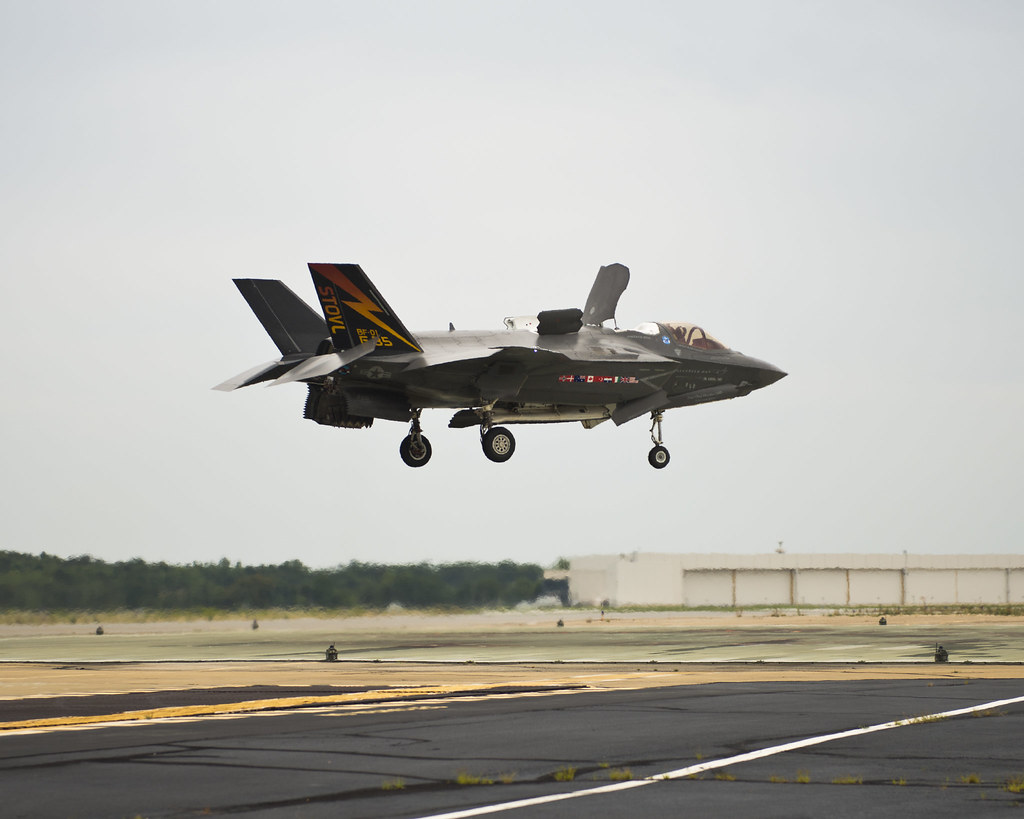Over the previous decade and a half, the focus in India on combat platform induction has been on the acquisition of large numbers of modern fourth-generation fighter aircraft for the Indian Air Force (IAF). However, at the beginning of last year, the Indian Navy issued a Request for Information (RFI) for 57 aircraft to equip its new indigenous aircraft carrier INS Vikrant. This sudden interest in the Indian market has been fueled by the fact that the Indian Navy rejected the naval version of the light combat aircraft (LCA) Tejas Mk I and has provided no clarity on its position in relation to the naval version of the LCA Tejas Mk II.
Development of Carrier-Borne Aircraft
The origins of carrier-borne fixed-wing aircraft can be traced back to 1910 when a fixed-wing aircraft took off for the first time from the deck of the anchored cruiser USS Birmingham. This experiment was replicated two years later, with an aircraft taking off from the deck of the Royal Navy of Britain’s ship HMS Hibernia, which was traveling on the high seas. However, in the last century, carrier-borne aircraft have come a long way in terms of their ability to project air power, resulting in a paradigm shift in a nation’s military capability. A fleet of combat aircraft operating from a carrier group serves as its backbone and is always at the forefront of the nation’s military force. Modern Carrier-borne aircraft and aircraft carriers are designed for several techniques of takeoff and landing on the deck. These are as follows:
Catapult-Assisted Take-Off But Arrested Recovery (CATOBAR): In this method, the aircraft is launched from the deck of an aircraft carrier using a catapult, reducing the length of the takeoff run significantly. There is an arrester hook fitted beneath the tail of the aircraft for landing, which engages arrester wires soon after touchdown and puts the aircraft to a standstill practically instantly.
Also read: Why Did Indian Navy Reject The Globally Notable Naval Tejas Fighter Jet?
Short Take-Off and Vertical Landing (STOVL): In this method, aircraft capable of Vertical Take-Off and Landing (VTOL) use a “Ski-Jump” instead of a Catapult to get airborne, necessitating a substantially shorter takeoff run. The Ski-Jump takeoff allows for greater payload carriage than a vertical launch and eliminates the requirement for a catapult. The aircraft’s ability to land vertically eliminates the requirement for arrester cables.
Short Take-Off but Arrested Recovery (STOBAR): In this design, the aircraft does not need a catapult to propel it, but instead takes off on its own and employs a Ski-Jump to abbreviate the takeoff run. When landing, arrester wires are utilized to bring the aircraft to a stop within a few feet of touchdown.
With the US having F-35 Lightening II, Boeing F/A-18 Super Hornet, Russia having MiG-29K, Su-33, China having Shenyang J-15, India also possess the Russian-made MiG-29K and recently we saw the news that India will place orders for 26 Rafale-M. All of these acquisitions are made under the Indian Navy MRCBF (Multi-Role Carrier-Borne Fighter).
About MRCBF (Multi-Role Carrier-Borne Fighter)
Multi-role fighters are designed to be day-night capable, all-weather multi-role deck-based combat aircraft that may be utilized by Indian Naval aircraft carriers for air defence, air-to-surface operations, buddy refueling, reconnaissance, and EW missions. A January solicitation sought global vendors whether they could execute Short Take-off But Arrested Recovery (STOBAR) Catapult Take-off But Arrested Recovery (CATOBAR) operations, or both.
Currently, The Cabinet Committee on Security (CCS), chaired by Prime Minister Narendra Modi, has approved the purchase of 26 Rafale Marine aircraft for billions of dollars. The Indian Navy, according to sources, favors the French fighter jet Rafale Marine over the US F-18 Super Hornet.
Another MRCBF will be the Indigenously Developed TEDBF. The HAL Twin Engine Deck Based Fighter (TEDBF) is a carrier-based, canard delta wing, twin-engine combat aircraft currently in development for the Indian Navy. The Aeronautical Development Agency (ADA) is designing and developing the TEDBF, which will be constructed by Hindustan Aeronautics Limited (HAL). The TEDBF is designed to conduct a variety of missions, including air superiority, air interdiction, anti-access/area denial (A2/AD), anti-ship warfare (ASW), and electronic warfare (EW). The TEDBF is expected to take the position of the Mikoyan MiG-29K on the INS Vikramaditya and INS Vikrant.
Also read: Twin Engine Deck-Based Fighters (TEDBF)
To crack the SSB Interview and join the Indian Army as an Officer, You can join our SSB interview live classes batch and we recommend you to Enroll SSB INTERVIEW ONLINE COURSE. Trusted by thousands of defence aspirants.
- Unfolding Turkey’s Fifth Generation Fighter Aircraft- TAI TF-X
- Stealth Is Power: Turkey Unfolds New Deep-Strike Drone ANKA-3
- Detailed Analysis: Why Is India Interested In US Predator Armed Drones?
- Loitering Munitions – Kamikaze Drones For The Indian Armed Forces
- What Is DRDO Ghatak (Swift) Drone?
- Everything You Need To Know About LCA Tejas
- All About India’s 5th Generation Fighter Jet ‘AMCA’
- How HAL Combat Air Teaming System (CATS) Is Going To Help Indian Air Force?
- All Fighter Aircraft Of India – How To Identify Them
- All Fighter Jet Acquisitions By The IAF
- Complete List Of Drones Used By Indian Armed Forces
- Importance Of Drones In The Indian Subcontinent
- Detailed Analysis: Why Is India Interested In US Predator Armed Drones?
- Why MQ9 Reaper Is Considered As The Most Lethal Drone On Earth?



























